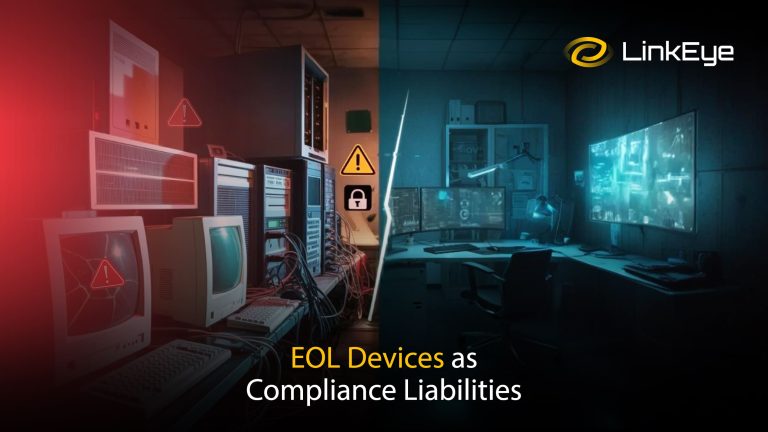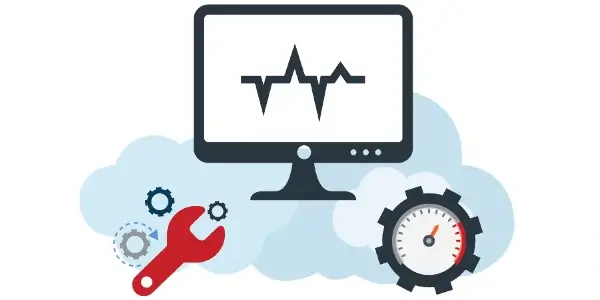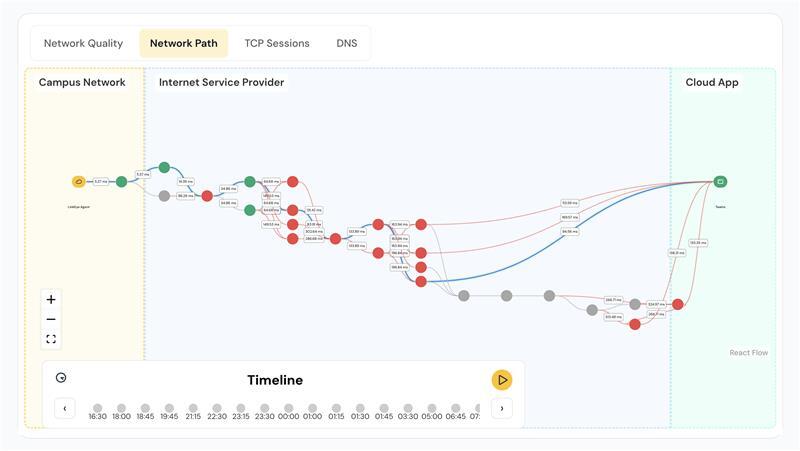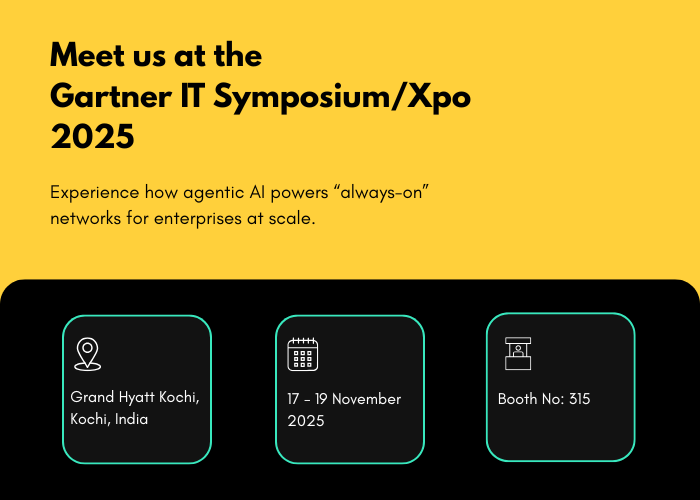When organizations think of compliance audits, they often focus on encryption standards, access logs, and policy documentation. But there’s a quieter, often overlooked culprit that can just as easily cause audit failures: end-of-life (EOL) network devices.
These are routers, switches, access points, or other hardware that have reached the end of vendor support. And when these devices are still active in your environment, they’re outdated, unpatchable, non-compliant, and in many cases, dangerously vulnerable. For organizations undergoing Common Vulnerabilities and Exposures (CVE) audits, this is where risk turns into liability.
The Problem of EOL Devices
Performance & Operational issues
EOL devices are often underestimated for the operational costs they impose on everyday performance of enterprises. As network demands grow more complex, aging routers, switches, and access points can become bottlenecks to growth. According to Gartner, organizations report a 35-50% rise in network incidents tied to aging hardware, while Cisco’s lifecycle analysis estimates that unsupported routers and switches can cut network efficiency by up to 25%, especially under load.
These numbers add up. A 2024 analysis by Zones found that outdated network infrastructure can result in 20-25% higher operational expenses and 20% increased maintenance costs compared to proactive lifecycle-managed environments. This translates into significant budget overruns for IT teams.
Compliance issues
When a device reaches EOL/EOS, it no longer receives firmware or security updates even if critical vulnerabilities are discovered. Poneman Institute reports that as of 2024, nearly 60% of all cyber breaches were linked to known but unpatched vulnerabilities. For an auditor, that’s a disaster as unsupported infrastructure is almost always flagged.
But there’s also a cost element. Kaspersky research showed that enterprises running outdated systems tend to incur 47% more in breach-related costs than those on supported infrastructure. And with the average breach cost nearing $5 million globally (as reported by IBM in 2025), that 47% becomes a serious number. The scale of this issue goes well beyond a handful of forgotten switches.
EOL Device Risk Discovery and CVE Audits
CVE audits are becoming a standard part of many compliance reviews especially under frameworks like NIST CSF, CIS Controls v8, HIPAA, PCI-DSS etc. These audits focus on identifying and evaluating the presence and patch status of known vulnerabilities. If you’re still running EOL equipment with critical CVEs and no vendor patches available, you’re in violation, even if the rest of your environment is secure.
Auditors typically look for:
- Device CVE coverage: Are critical vulnerabilities being tracked and patched?
- Lifecycle status: Are devices in production still supported by the vendor?
- Drift from performance baselines: Are devices aligned with vendor-recommended performance baselines?
- Framework alignment: Is the organization adhering to requirements set by frameworks such as NIST CSF, CIS Controls etc.?
Legacy devices often have a tendency to stick around quietly, but dangerously. Without intentional observability and lifecycle tracking, they slip through the cracks.
Proactive Observability as First Line of Defense
Fortunately, this is where observability tools, especially those focused on network health and outage management like LinkEye, are making a measurable impact. Teams have gained visibility into every connected device, along with its lifecycle status. When a device is approaching EOL, it’s flagged.
LinkEye’s AI-powered root cause analysis recommends remediation steps based on device performance and known vulnerabilities. And it’s designed to support human oversight, so analysts can validate recommendations before actions are taken, ensuring the right balance between speed and scrutiny.
To prevent audit risks and operational blind spots, proactive teams are focusing on:
- Automated CVE and EOL inventory: Devices are continuously tracked against vendor lifecycle and vulnerability feeds.
- Performance observability: Configuration logs reveal when configurations or behaviour deviates from accepted baselines.
- Alerting and audit readiness: Teams are notified well in advance of lifecycle or vulnerability events that could impact compliance.
- Human-in-the-loop AI: Actionable root-cause insights are generated by AI and are readily available for review for quick decision-making.
Why All This Matters Before the Audit
Waiting until just before an audit to deal with CVEs or lifecycle issues is a recipe for friction. In many of the environments where LinkEye is deployed, teams have been able to reduce their EOL device footprint significantly in the months leading up to audits. PurpleSec reports that IT teams can save ~$1 million annually by automating vulnerability triage and tracking.
CVE audits reflect your organization’s real security posture, and EOL devices while easy to overlook, create some of the biggest gaps in that posture. Observability platforms that combine lifecycle visibility, CVE scanning, and AI-assisted diagnostics, offer a pragmatic way forward. They don’t replace the need for human expertise, but they dramatically reduce the chance of an unsupported, vulnerable device quietly undermining everything else you’ve built.





